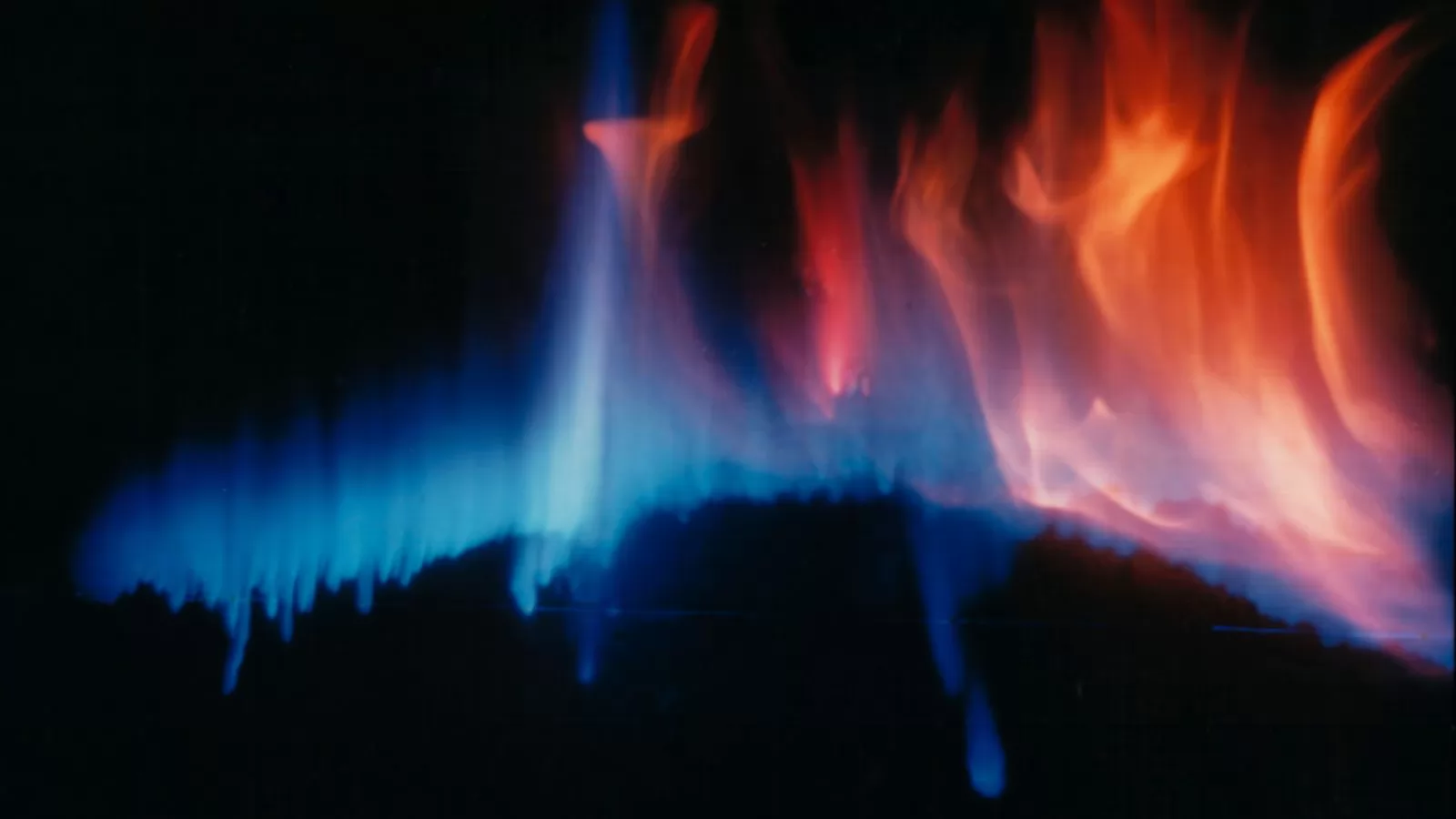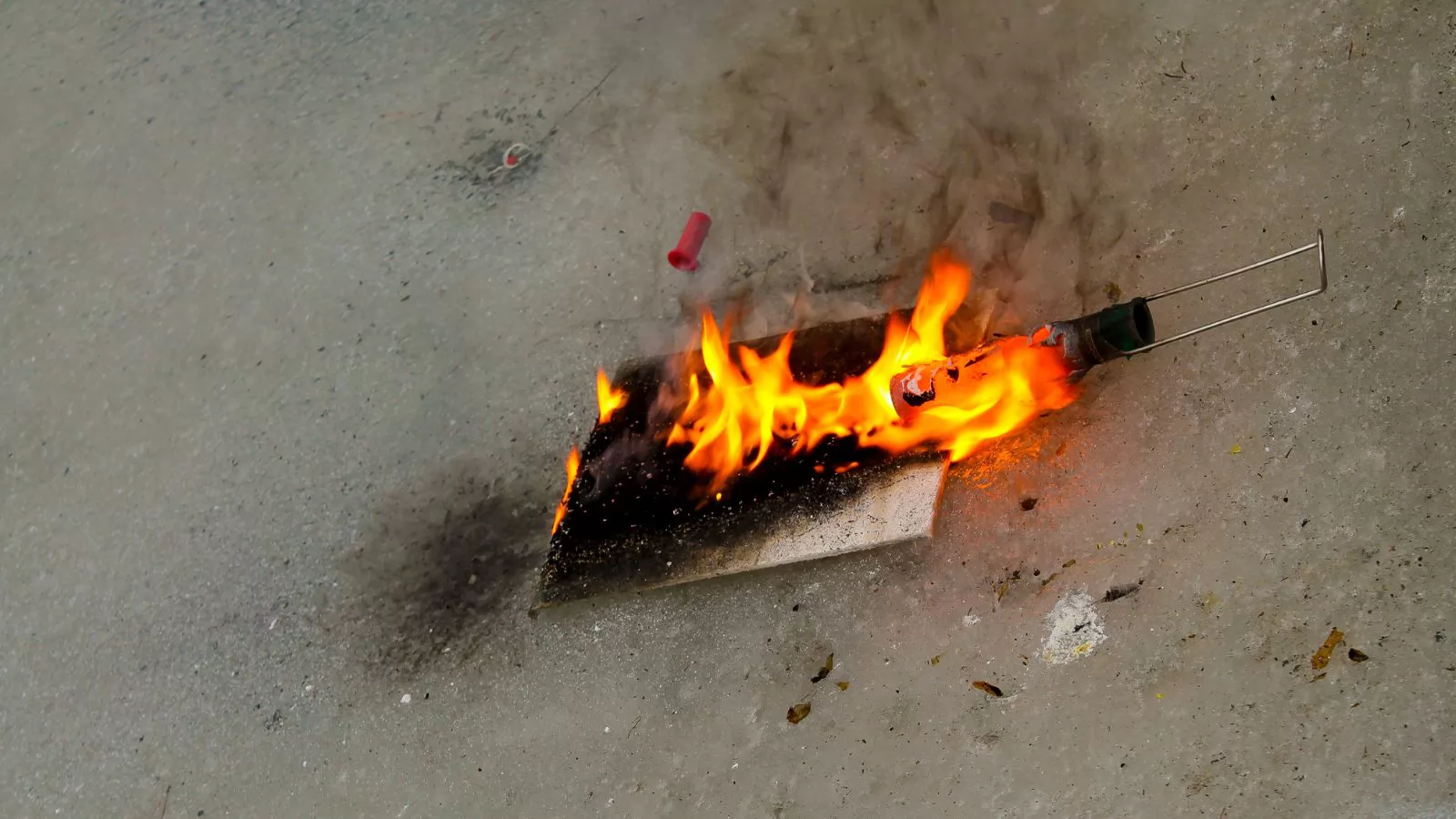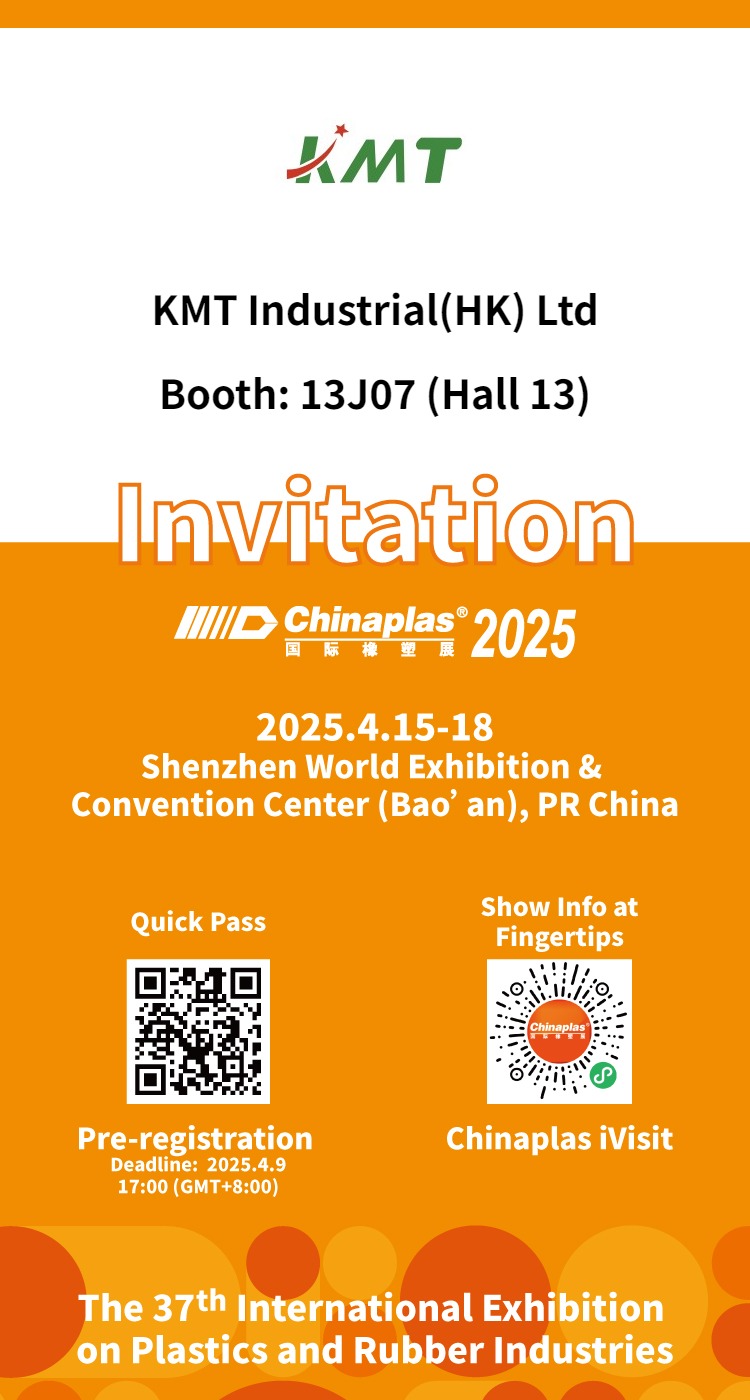


- Home
- About Us
-
Products
.png)
-
Application
.png)
-
Blog
.png)
- Contact us


Development Status of the Flame Retardant Material Industry in China

Since the reform and opening-up in the 1980s, China’s economy has been developing vigorously, especially the manufacturing-based industrial economy has entered a stage of rapid development, one of the important signs is the rapid expansion of plastic production, sales, import and export volume. Plastic products are used in a variety of fields, including electronic appliances, building materials, automotive, high-speed rail and aircraft interior materials, etc. , however, the flammability of plastic materials determines the need for flame retardant treatment of plastic materials used in the above-mentioned fields. In addition, fires caused by inadequate fire retardant treatment of plastic materials also resulted in significant loss of life and property, an important event being the Beijing Television Cultural Center fire in 2009, because the external wall insulation material is not qualified to lead to the burning of the new landmark buildings, resulting in significant economic losses. Therefore, the fire-retardant material industry has received more and more attention in China. China’s fire control authorities have issued a series of mandatory regulations to curb the occurrence of major fire incidents, it has also promoted the rapid development of the market of flame retardants and flame retardant materials in China.
Excerpted from modern flame retardant materials and technology by Qian Lijun
The manufacture of most flame retardants depends on natural resources. This article, excerpted from Qian Lijun’s Modern Flame Retardant Materials and Technology, provides a detailed overview of the distribution, production, and prospects of key flame retardant types in China, including brominated, phosphorus-based, nitrogen-based, magnesium-based, and antimony-based flame retardants.

Brominated Flame Retardants: Present Situation and Prospects
Resource Distribution and Production
Brominated flame retardants rely heavily on bromine resources. The world’s richest sources of bromine are found in the Dead Sea region and the underground brine region of Arkansas State (see Figure 1-11). In China, bromine resources are mainly distributed in Laizhou Bay and Bohai Bay. Laizhou Bay’s underground brine is the most concentrated source of bromine in China, but its abundance is still very low, ranging from 200 to 300 mg/L—far below the 10,000 to 12,000 mg/L found in the Dead Sea area. Despite this, China accounts for 19% of global bromine production, supporting a robust brominated flame retardant industry. Leveraging domestic bromine resources and imported bromine, China has established a production base centered in Binhai, Shandong Province. Additionally, large-scale production has emerged in Jiangsu Province, benefiting from imported resources and proximity to sales markets.
Industry Development and Product Range
Brominated flame retardants have been produced in China since the 1980s, and the Chinese mainland can now manufacture nearly all types. This includes compounds like decabromodiphenyl ether and hexabromocyclododecane, which are slated for bans under the Stockholm Convention, as well as reactive brominated flame retardants such as tetrabromobisphenol A and 2,4,6-tribromophenol. Other products include tri-(tribromophenoxy)-triazine (FR-245), tetra-bromobisphenol A polycarbonate oligomers (BC-52/BC-58), octabromodium ether, methyl octabromodium ether, and tetrabromophenediol prepared from reactive flame retardants. Polymeric flame retardants like brominated epoxy resin (BEO), brominated polystyrene (BPS), and brominated BS are also produced, though brominated SBS remains absent due to a DuPont patent (formerly held by Dow Chemical).
Market Outlook
Brominated flame retardants offer stable application performance and good compatibility with polymers, ensuring their continued importance in the organic flame retardant market. However, the high price of bromine has elevated the cost of brominated flame retardants, a trend expected to persist and encourage the development of halogen-free alternatives. While hexabromocyclododecane and polybrominated diphenyl ethers are banned as persistent organic pollutants, brominated flame retardants with high molecular weight, stable physical and chemical properties, and good polymer compatibility remain difficult to replace fully with halogen-free options.
Phosphorus-Based Flame Retardants: Current Status and Future Potential
Phosphate Rock Resources
China ranks as the country with the second-largest reserves of phosphate rock globally. These phosphorus resources are primarily distributed in the southwest provinces of Yunnan, Guizhou, Sichuan, Hunan, and Hubei. As the main raw material for halogen-free phosphorus flame retardants, this abundance gives China a competitive edge in pricing, fueling rapid industry growth.
| Country | Reserves (thousand tons) | Country | Reserves (thousand tons) |
|---|---|---|---|
| United States | 1,100,000 | Mexico | 30,000 |
| Algeria | 2,200,000 | Morocco and Western Sahara | 50,000,000 |
| Australia | 1,030,000 | Egypt | 820,000 |
| Brazil | 270,000 | Russia | 600,000 |
| Canada | 500,000 | Saudi Arabia | 211,000 |
| China | 3,700,000 | Senegal | 210,000 |
| Jordan | 1,300,000 | Vietnam | 30,000 |
| Egypt | 715,000 | Philippines | 50,000 |
| India | 460,000 | Syria | 1,800,000 |
| Iraq | 430,000 | Togo | 30,000 |
| Israel | 200,000 | Tunisia | 100,000 |
| Kazakhstan | 260,000 | Other Countries | 300,000 |
| World Total | 67,000,000 | ||
Production of Phosphorus-Based Flame Retardants
-
Ammonium Polyphosphate (APP): The most widely used phosphorus-based flame retardant, APP is essential in flame-retardant coatings, polyolefins, and other products. China currently produces about 30,000 tonnes annually, with major producers including Zhejiang Wansheng Co., Ltd., Hangzhou Jeers Chemical Co., Ltd., Zhejiang Xusen Halogen-Free Smoke Suppressant and Flame Retardant Co., Ltd., and Qingyuan Phosphorus Chemical Co., Ltd.
-
Phosphate Esters: This category represents the largest class of phosphorus flame retardants, with annual production nearing 150,000 tons. Key producers like Jiangsu Yake Technology Co., Ltd. and Zhejiang Wansheng Chemical Co. manufacture products such as TCEP, TCPP, BDP, and RDP.
-
Melamine Polyphosphate (MPP): Used in engineering plastics like flame-retardant nylon, MPP is produced by companies such as Shandong Weidong Chemical Co., Ltd., Sichuan Fine Chemical Research Institute, and Taizhou Baili Chemical Co., Ltd.
-
DOPO: A new halogen-free flame retardant developed since 2000, DOPO is widely applied in the epoxy industry. Major producers include Shandong Weidong Chemical Co., Ltd. and Jiangsu Hanfeng Industrial Co., Ltd. Research into downstream phosphaphenanthrene derivatives is thriving, with many entering industrialization trials for use in halogen-free epoxy, fabrics, and engineering plastics.
-
Phosphazenes: Developed alongside halogen-free flame epoxy, phosphazenes include products like hexaphenyloxy cyclotriphosphazene. However, low synthetic conversion rates keep prices high, limiting large-scale industrial adoption.
Development Prospects
Phosphorus-based flame retardants excel in flame retardancy and offer structural diversity and composite application flexibility. These qualities are vital for developing new compounds and high-efficiency composite flame retardants. In China, their research and production are highly active, with rapid advancements signaling a bright future.

Nitrogen-Based Flame Retardants: Industry Insights and Growth Trends
Industrial Situation
Melamine cyanurate (MCA, see Figure 1-13), a leading nitrogen-based flame retardant, is prized for its low smoke, low toxicity, good thermal stability, and affordability. China’s total MCA production in 2018 ranged from 35,000 to 40,000 tons. Other key nitrogen-based flame retardants include charring agents like triazine and piperazine, which, when combined with APP, form intumescent flame retardants at a ratio of about 1:3. Major producers include Pusaifu (Qingyuan) Phosphorus Chemical Co., Ltd. and Hangzhou Jeers Chemical Co., Ltd., focusing on polyolefin intumescent flame retardants.
Development Prospects
Nitrogen-based flame retardants are less efficient when used alone, often requiring high additive amounts for satisfactory results. To address this, they are increasingly combined with other flame retardants for enhanced performance. Future trends include designing new nitrogen-phosphorus compound structures and synthesizing triazine and piperazine charring agents with varied substituents to improve composite flame retardancy systems.
Magnesium-Based Flame Retardants: Resource Wealth and Challenges
Magnesium Resources in China
China boasts the world’s largest magnesium reserves, primarily in Liaoning Province (see Figure 1-14). High-grade brucite mineral deposits and magnesite reserves—accounting for over 85% of China’s total—are concentrated here, with key producers like KMT Industrial HK Limited Factory 2 and Xingyang Mineral. Bittern, a byproduct of the salt industry, also supplies magnesium hydroxide, manufactured by firms such as Gansu Kaimeite Materials Science and Technology Co., Ltd.
Magnesium Flame Retardant Industry
Currently, brucite powder dominates China’s magnesium flame retardant market, produced by physically crushing brucite. Manufacturing costs hinge on electricity and freight, but environmental regulations have restricted brucite mining, significantly increasing prices. Alternatively, magnesium hydroxide from bittern offers a chemical production route. By integrating sodium hydroxide and magnesium chloride production, this method supports a recycling economy with minimal pollution. However, its high cost and price limit market competitiveness. As resource and environmental pressures mount, chemical magnesium hydroxide production is gradually expanding.

Antimony-Based Flame Retardants: A Global Leader
Resource and Production
China holds the world’s largest antimony reserves, mainly in Guangxi, Hunan, Yunnan, and Guizhou, controlling nearly half of global resources and producing 90% of the world’s antimony. Antimony, primarily as antimony oxide, serves as a synergistic agent in halogen-based flame retardants, widely used in flame-retardant plastics.
Market Dynamics
Since a sharp price rise in 2006, manufacturers have reduced antimony oxide content in brominated flame-retardant plastics or sought alternatives. However, the stable market share of halogen-based flame retardants ensures steady demand for antimony trioxide.
Conclusion: The Future of Flame Retardant Materials in China
The trend toward light, thin, and high-performance manufacturing products is reshaping the flame retardant industry. While plastic use may decrease, the application of flame-retardant plastics will expand, stabilizing the market for flame retardant products. Demand for high-performance varieties will grow, driving innovation. Fire safety needs in electronics, construction, electric vehicles, new energy materials, high-speed rail, and aviation will further propel development. China’s flame retardant market is in a growth phase, with large enterprise groups forming to meet these demands.

References
- China Fire, 2011, 1:48-49.
- “Behind Ping Ping’s National Museum of Brazil Fire,” Fire Services (Electronic Version), 2018, 4(19):10-15.
- Zhang Weiwei, “Discussion on the Socialization Work of Intelligent Firefighting.”
- Ou Yuxiang, Practical Flame Retardant Technology, Beijing: Chemical Industry Press, 2002.
- Wang Yuzhong, “History of Flame Retardant and Flame Retardant Modification of Polyester Fiber,” Journal of Qingdao University (Engineering and Technical Edition), 1997, 1:45-54.
- Zheng Yanming, Li Huiyong, Xi Shaofeng, “Development of Flame Retardant Polymer Materials,” Scientific and Technical Information (Academic Research), 2008, 24:652.
Your Name*
Your Email*
-
2025-Apr-10Development Status of the Flame Retardant Material Industry in ChinaUnlock China’s flame retardant industry secrets: brominated, phosphorus, and magnesium solutions driving fire safety innovation in 2025. Explore now!
-
2025-Mar-31Top 10 Magnesium Hydroxide Suppliers in 2025Top 10 magnesium hydroxide manufacturers and suppliers leading the global market in 2025, detailed report on each supplier is provided.
-
2025-Mar-28KMT B3SL vs. B3V: Brucite Performance in PVC Cable CompoundsKMT B3SL vs. B3V: Which brucite excels in PVC cables? Uncover top flame retardancy, strength, and cost-saving insights—expert data awaits!


-

 +86-931-7653361
+86-931-7653361 Room 1212, 1213, Jinhe Building, No. 1264 Beibinhe West Road, Anning District, Lanzhou City, Gansu Province, China.
Room 1212, 1213, Jinhe Building, No. 1264 Beibinhe West Road, Anning District, Lanzhou City, Gansu Province, China. -
Quick Links
-
Products












